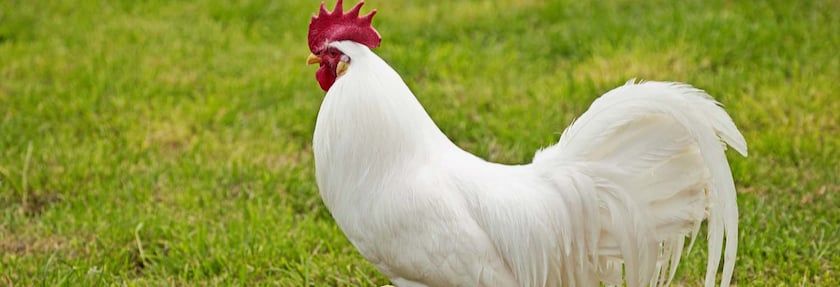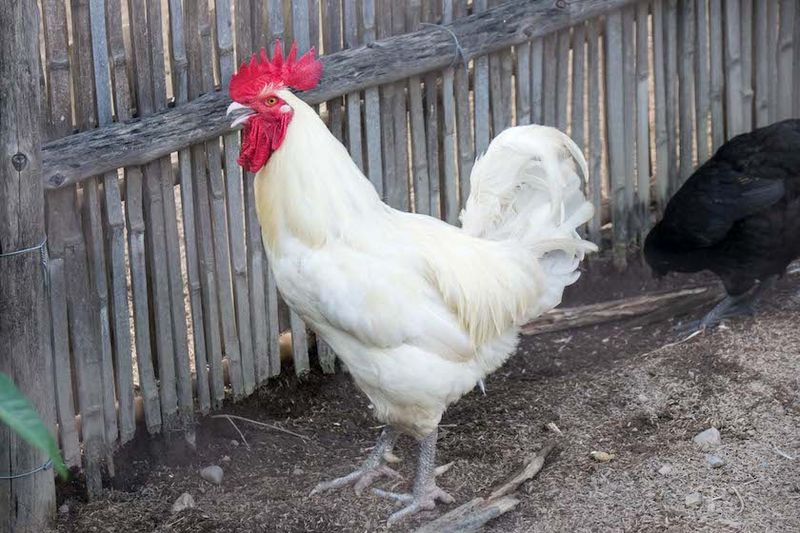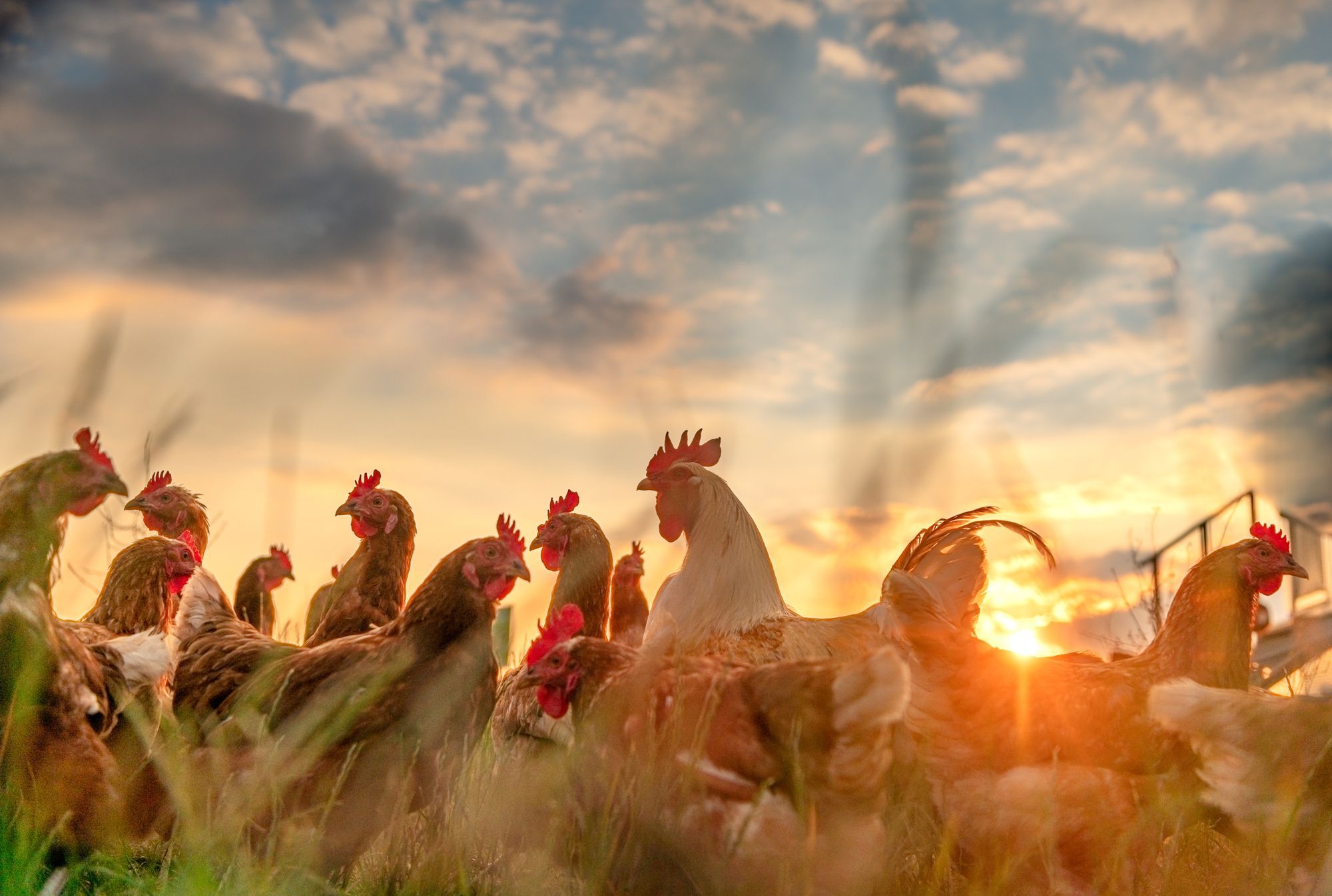Leghorns Living Large


5 facts why this breed might be for you
If you’re not a chicken keeper, the name “Leghorn” will likely conjure up one image:
A large, I say, large outgoing rooster with a decided Southern drawl appearing on Saturday morning cartoons.
With apologies to the breed—and the Warner Bros. Looney Tunes animators—Leghorns have a storied history among chicken keepers and egg producers.
Today’s Leghorns are valued for their expected appearance—white, with a single or rose comb and red wattles—and for egg production.
Here are five facts to round out your Leghorn knowledge.
They’re Italian, really
The Leghorn breed actually originated as a feral landrace of birds in Tuscany in central Italy. The name, Leghorn, is probably a poor translation of the port from which they were first shipped, Livorno. In fact, upon being introduced in the U.S., they were known as “Livornese” chickens or “the Italian breed.”
According to the Livestock Conservancy, “In 1852, Captain Gates entered the harbor at Mystic, Conn., and arrived with the first importation of Leghorn chickens that were to be ancestors of today’s flocks.” There have been reports of birds imported from the region as early as the 1830s, but they may have died out before reaching the Leghorn’s acceptance in the marketplace.
They weren’t white
Today, and probably thanks in part to Looney Tunes, the most popular color for leghorns is white. But when they first arrived in the country, they were small and brown. Some sources indicate the breed was crossbred with Minorcas in England when it was introduced there—to produce a less spindly frame—and then returned to America, looking not only larger, but also with more colors.
Today, white Leghorns are the rule, but they also come in many colors including light and dark brown, buff, and stunning black!
Industry loves Leghorns
A Leghorn hen’s egg production sets her apart from other breeds. She can produce anywhere from 280 to 300 eggs per year—that’s up to five every week! Plus, she’ll do this for three or four years, when most commercial operations plan on only two years for a hen’s egg production.
Their eggs are white and often start out as large in size, moving to extra large as she ages.
Through the years, they have been bred to lay, but not to brood, so as mothers go, they are neglectful at best. If you keep yours outside, there’s no telling where she might lay, but it’s a sure bet you won’t find the Leghorn hen on top of it.

‘Dual-purpose’ might be generous
Remember that Leghorns were originally a high-energy landrace type of bird, and when they first came to domestication here, they were thought to be on the skinny side. Subsequent breeding has added some meat to a somewhat larger frame, but they generally are outproduced by other breeds.
On the other hand, they are excellent foragers, and can grow well if given enough natural feeding opportunities, so feed costs can be relatively low. Still, their strong suit is egg production, not putting meat on their bones.
Not a lap chicken
If you want to have a docile, human-loving pet chicken, the Leghorn is about as far from that as chickens get.
Leghorns tend to be a busy breed, scratching one second, then flying up to a branch or rafters the next, then foraging and looking for water afterward. While they respect humans for what we provide, most Leghorns are happiest by themselves.
Not only that, but Leghorns are among the most vocal chickens around. Hens will cluck and cackle all days, and the roosters, well, get ready for early-morning cock-a-doodle-doo every day. You might say that aside from breeding, roosters are best at crowing all day long.
Do keep that in mind as far as maintaining a self-sustaining coop of Leghorns—you have neighbors, you know.
So, are Leghorns right for you? Pay close attention to the attributes that this breed offers, and you’ll find they might fit in with the rest of your flock.
Tags:Chicken Chatter

Acreage Life is part of the Catalyst Communications Network publication family.
















